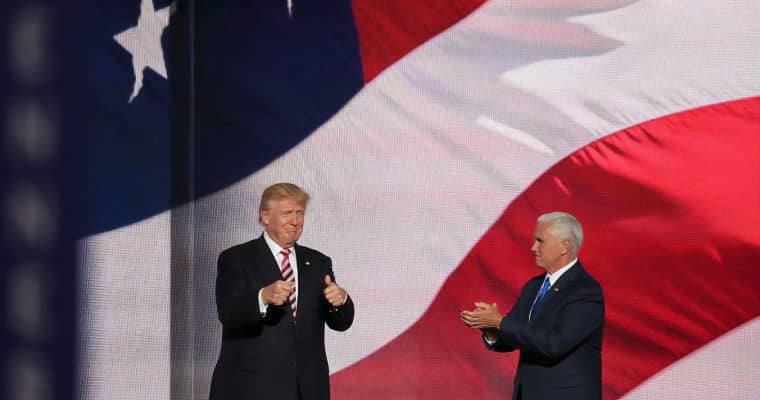A camera clicks. In a fraction of a second, the shutter opens and then closes, freezing forever the image in front of it.
When the camera shutter blinked inside an Atlanta jail on a historic Thursday, it both created and documented a pivotal inflection point in American life. Captured for posterity was a former president of the United States, for the first time in history, under arrest and immortalized in the sort of frame more commonly associated with drug dealers or drunken drivers. The trappings of power gone, for that split second.
Left behind: an enduring image that will appear in history books long after Donald Trump is gone.
“It will be forever part of the iconography of being alive in this time,” said Marty Kaplan, a professor at the University of Southern California Annenberg School of Communications.

In the photo, Trump confronts the camera in front of a bland gray backdrop, his eyes meeting the lens in an intense glare. He’s wearing a blue suit, white shirt, and red tie, his shoulders squared, his head tilted slightly toward the camera. The sheriff’s logo has been digitally added above his right shoulder.
This is not just any mug shot. It is a portrait of defiance. Some of the 18 others charged with him in Georgia smiled in their booking photos like they were posing for a yearbook. Not Trump. His defiance is palpable, as if he’s staring down a nemesis through the lens.
This moment marks a significant chapter in American history, one that is both surreal and profoundly symbolic. For supporters, it may be a badge of honor, a testament to their leader’s battle against what they perceive as a corrupt system. For detractors, it is a moment of accountability, the law catching up with someone who has long been seen as evading it. For historians, it is an image that encapsulates the deep divisions and the turbulent political landscape of early 21st-century America.
The photograph itself is stark and unembellished, yet its implications are vast and multifaceted. It represents the intersection of politics, justice, and media in an unprecedented manner. A former president, once the most powerful person in the world, now reduced to the status of an ordinary citizen in the eyes of the law. The booking photo, a mundane process for most, becomes a powerful symbol when the subject is a former head of state.
Donald Trump’s mug shot will be analyzed, debated, and remembered for years to come. It will be used in documentaries, displayed in museums, and discussed in classrooms. It is a piece of visual history that encapsulates a moment of reckoning, a visual shorthand for the legal and political trials of an era.
In an age where images are fleeting and often forgotten, this photograph stands out. It is a testament to the enduring power of a single image to capture the essence of a moment and to reflect the complexities of the time in which it was taken. It is a reminder that history is not just written in words but also in pictures, each one telling a story that will be passed down through generations.
The Trump mug shot is more than just a photograph; it is a symbol of a nation’s ongoing struggle with its values, its laws, and its leadership. It is a moment frozen in time, a single frame that will forever be a part of the American narrative.




